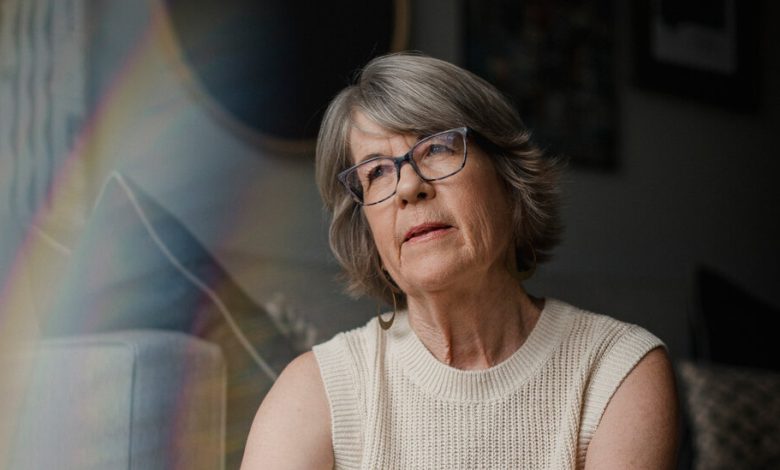The Late-in-Life Lesbian Experience Blossoms Online

When Suzette Mullen finally acknowledged her complicated feelings for the woman she considered her best friend, she felt the weight of a significant question: Am I gay?
Ms. Mullen, then 54, had been married for more than two decades to her husband, whom she loved. They lived together in Montauk, N.Y., and had two adult sons. She didn’t have anyone she could talk to about the feelings she had been harboring.
So Ms. Mullen, an author and editor with a law degree from Harvard, went online, searching “late in life and coming out” and “How to know if you are gay?” on Google.
She quickly found communities of women, on websites like Facebook, with some of them asking similar questions. In response to a post Ms. Mullen shared in a private Facebook group, a woman in her late 40s confirmed certain suspicions that she had been confronting about her sexual identity.
“You are a lesbian,” the woman wrote. “The only question is: What now?”
For Ms. Mullen, the answer was partly to learn a new language to describe herself. She was a LILLE, an acronym some use to refer to a late-in-life lesbian. (Lifelong lesbians, she learned, had their own abbreviation: L.L.L.) Her best friend was a catalyst, a term referring to a woman who awakens another’s lesbian identity. And Ms. Mullen and her husband were in what some referred to as a mixed-orientation marriage, or MOM.
This lexicon was just part of what Ms. Mullen, now 63, encountered in those online communities, which she said played a pivotal role as she navigated the process of divorcing her husband and living as a lesbian.